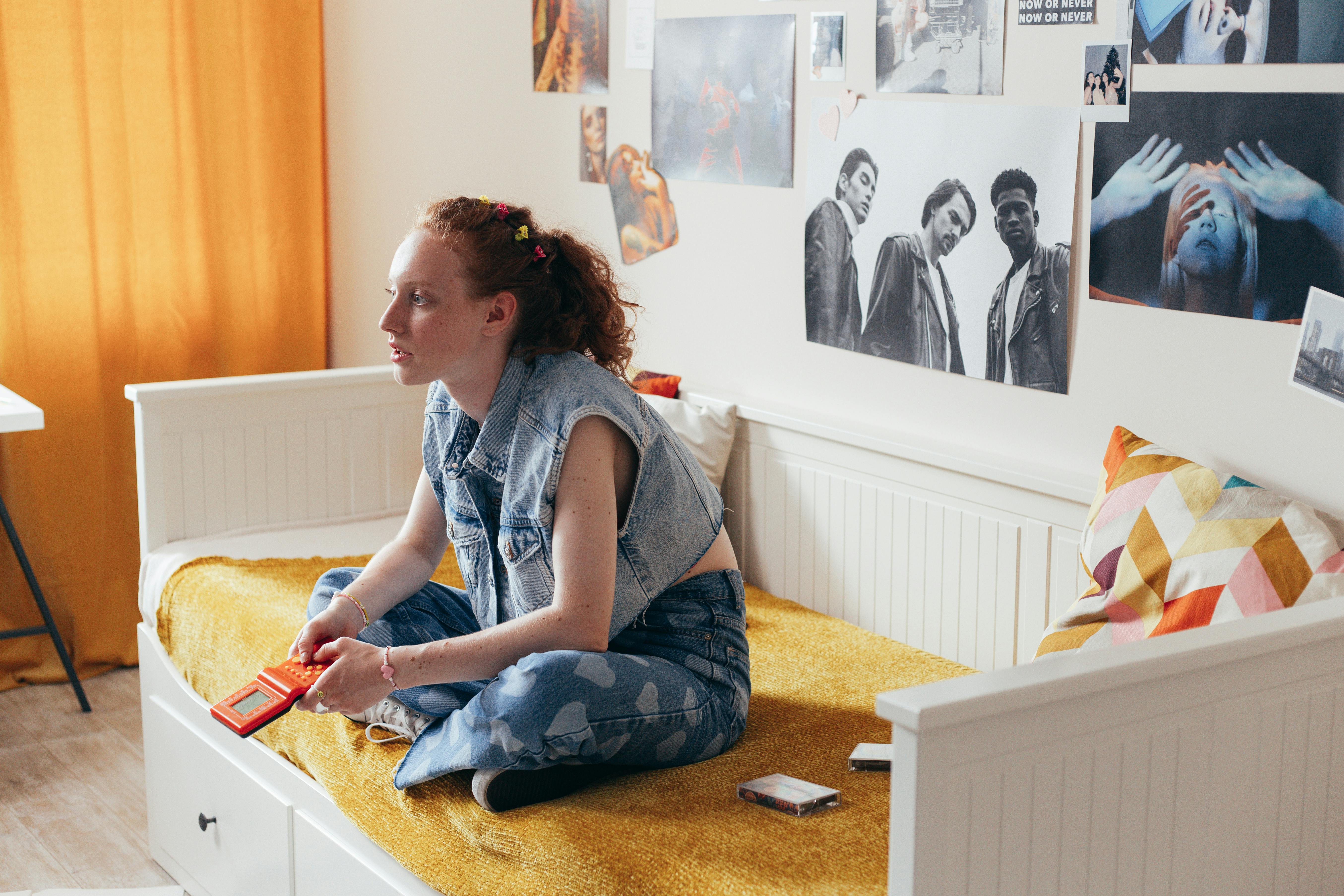Gameification beyond Gaming: The Metamorphosis of Interactive Media
Venture with us into the realm where gaming principles transcend their traditional boundaries to reshape our digital experiences. Where the line between game and non-game grows ever thinner. Welcome to the era of gameification beyond gaming. Gameification is not a new concept. Its roots trace back to the early days of video games, when developers began to realize the potential of games to engage users in non-gaming contexts. However, it wasn't until the advent of mobile technology and the internet that gameification truly began to take off.

Early examples of gameification in the digital space include websites like Neopets and Habbo Hotel, platforms that integrated gaming elements into social networking. These websites capitalized on the innate human desire for achievement and social interaction, harnessing the power of gaming to engage users in unprecedented ways.
A New Age of Gameification: Today’s Digital Landscape
Today, the concept of gameification has evolved to encompass a wide range of digital experiences. From education apps to fitness trackers, gameification is now a ubiquitous part of our digital lives.
One of the latest updates in this field comes from the world of social media, with platforms like TikTok introducing gamified features to boost user engagement. The platform’s recent “TikTok Challenges” are a clear example, turning content creation into a game where users compete for likes, shares, and virality.
The Significance and Impact of Gameification
The impact of gameification on our society is significant. It’s redefining our digital experiences, making them more engaging and interactive. By turning tasks into games, it’s changing how we learn, work, and interact with the world around us.
For instance, Duolingo, the language-learning app, has seen immense success by turning the often-dreary task of language learning into a fun and engaging game. Similarly, the fitness app, Zombies, Run!, has transformed the often monotonous act of jogging into an adrenaline-pumping escape from the undead.
The Research-Backed Benefits of Gameification
Gameification’s effectiveness isn’t just anecdotal—it’s backed by research. Studies have shown that gameified apps increase user engagement, improve learning outcomes, and even promote better health behaviors.
In a study published by the Journal of Medical Internet Research, researchers found that gameification significantly increased physical activity among users of a fitness app. Similarly, a study by the University of California found that students who used gameified learning apps showed improved academic performance.
Looking Ahead: The Future of Gameification
As technology continues to advance, so too will the scope of gameification. Already, we’re seeing the emergence of virtual and augmented reality games that are blurring the lines between the digital and physical worlds.
In the future, we may see gameification integrated into even more aspects of our lives. Imagine a world where your morning jog is not just a workout but a quest to save the world. Or where your daily tasks at work are part of an epic adventure. With gameification, these scenarios are not just possibilities—they’re the future.
In conclusion, gameification is more than just a trend—it’s a paradigm shift in the way we interact with digital media. Its potential is vast and largely untapped. As we move forward into the digital age, gameification will continue to reshape our experiences in ways we can’t yet imagine.




